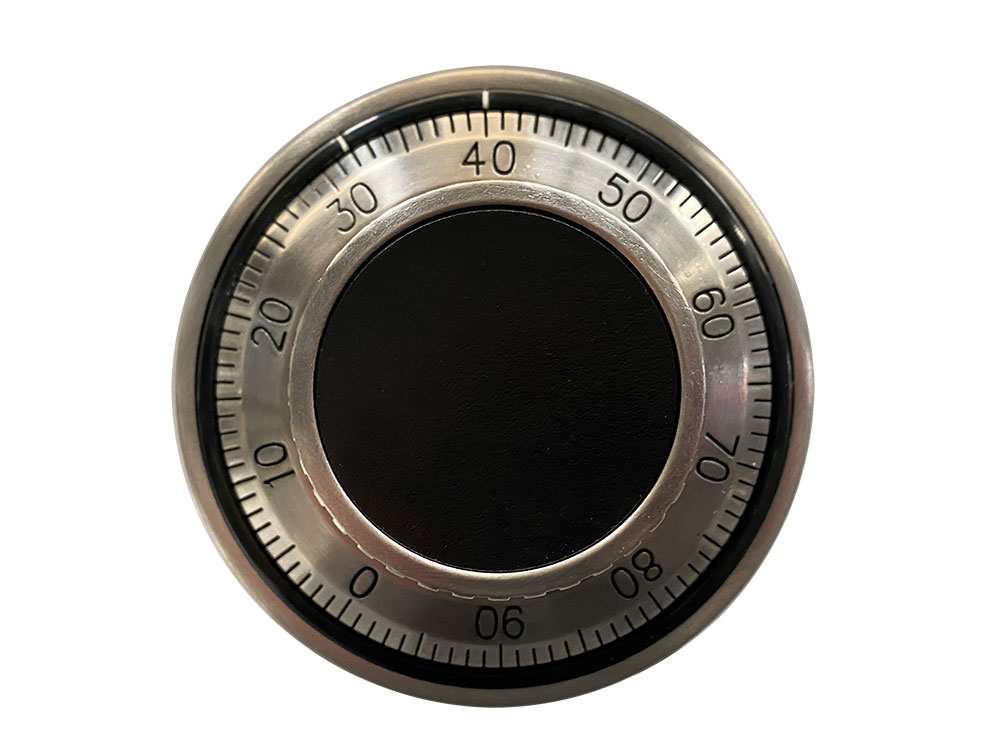
Start to gradually rotate the dial that is the until you hear a resounding 'click' and feel the shackle move upwards slightly. If the lock is locked onto a solid object such as a gate or a door then a length of rope most likely won't be necessary as having it locked onto something gives you more control and grip thus meaning you will be able to complete the whole procedure with just your bare hands. When you feel the shackle move upwards slightly and release a 'click' you can move on to the next dial and repeat the procedure until all the dials on the lock have been completed and the lock has been cracked. Being able to apply strong even force on the shackle is vital in order to put a greater amount of friction on the locks dials so that when a dial is turned to the correct number it will result in a resounding 'click' and a slight upward movement of the shackle.
#Combination lock crack
A good grip is necessary because in order to crack the lock you will need to apply a strong and even upwards force on the shackle throughout the entire procedure and this can be difficult to obtain with just bare hands. When picking/cracking a combination lock a length of rope can be used to create a makeshift handle to give you a better grip of the lock.

When the dials are moved or jumbled, the keyholes become dis-aligned and the toothed pin cannot be removed and is therefore locked in place.
#Combination lock code
When correct code (in this case 9-2-4) is entered the keyholes of all the dials on the lock become aligned and toothed pin (second picture) can be inserted. You could, in theory, stack up 4 (or 10) cams if you wanted to.A combination lock (using a bike lock as an example as shown in the pictures above) has three or more dials with a keyhole through the centre of them. Once all three indentations are aligned properly by this process, the lock opens. When you turn the dial clockwise again, only the top cam rotates. The friction provided by the spring, however, keeps the third cam in its position. As you go past the first number, the first cam's tooth engages the second cam, so now the two cams are moving. Now when you turn counter-clockwise only the top cam is rotating.
#Combination lock full
Turning the dial 2 full revolutions gets the teeth of all three cams engaged, so the three cams are turning in unison. Then turn the dial clockwise to the third number and the lock will open." You can now see why you have to do that. Then turn it counter-clockwise past the first number to the second number. If you have used a combination lock before you know the drill: "Turn the dial clockwise two full rotations to the first number of the combination. Otherwise the latch engages the hasp like this: When the indentations align properly the latch is able to fit into the indentations and release the hasp: The cams each have an indentation in them.

The purpose of the cams is to control a latch that engages the end of the lock's hasp. The cams each have one tooth on each side, and these teeth engage as the cams rotate: The spring provides friction between the cams to hold them in place. They fit on a shaft molded into the back of the lock with a spring pressing the stack of cams together when the lock is assembled. There are two plastic spacers that fit between the cams: In this lock one of the cams is metal and is bonded directly to the turning face of the lock. There are three cams in a typical combination lock.


 0 kommentar(er)
0 kommentar(er)
